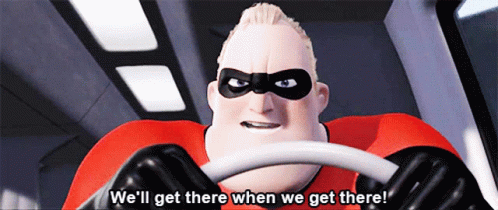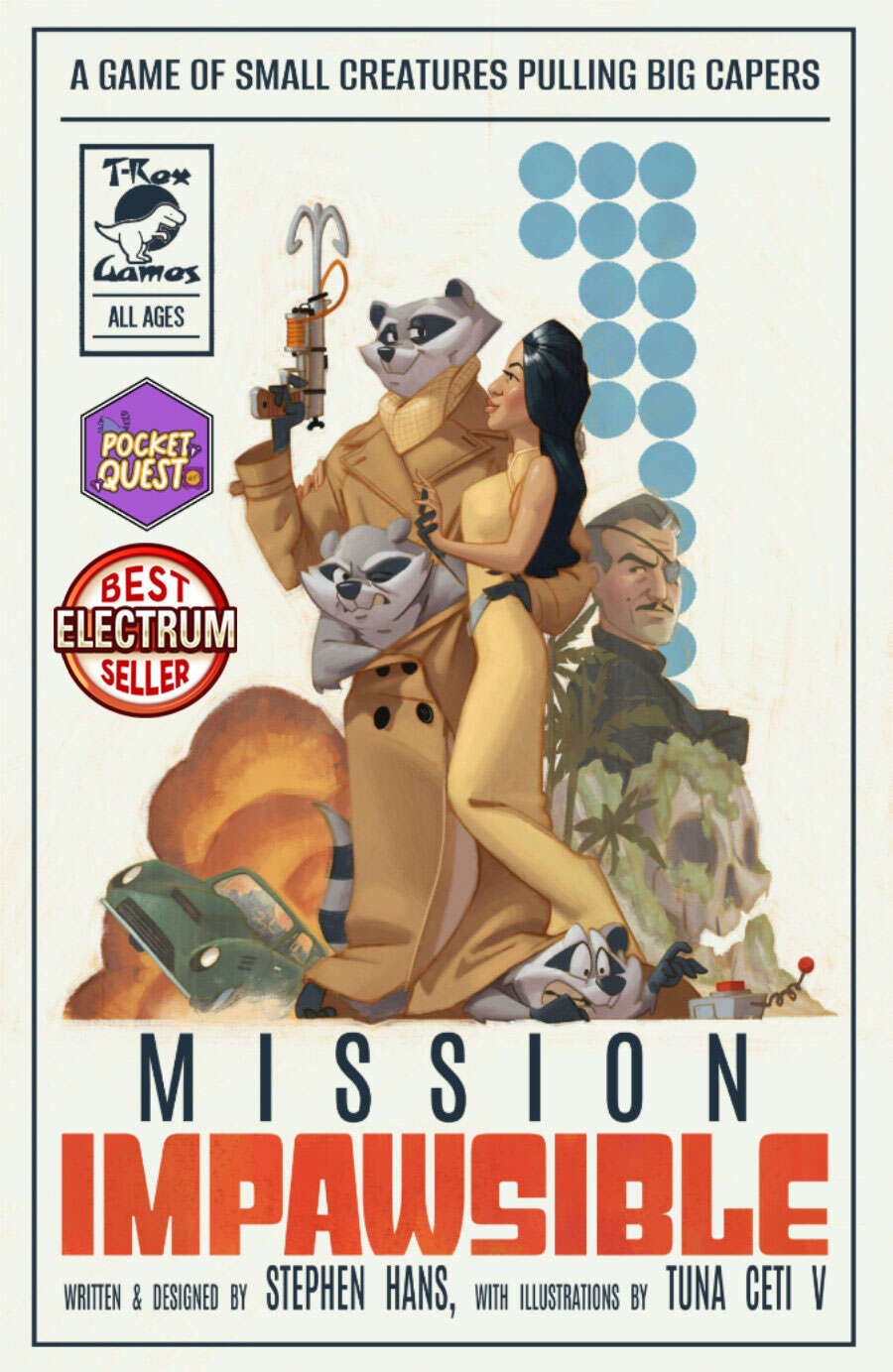Watch Well Games: Issue #19
"Make a game with me" starts next week. Covering Pocket Quest 2024 concludes.
In Today’s Issue:
Welcome to our newsletter! I’m K.J.* Aside from the normal intro I offer after my standard opening gif, I also filled in the About tab on my substack.
Here’s what we’ve got for you today:
Pocket Quest 2024: My brief retrospective about participating
“Make a game with me”: Excited yet terrified at the same time
“High Card Heist” design essay by an up and coming game designer
“Mission: ImPAWsible” design essay by a best-selling game creator
“Orange’s 11: Code Orange”: pounce on this solo game
*Hobbyist writer, creator, long-time GM, and player who loves supporting others in the RPG community. I also playtest and proofread scenarios. I enjoy playing bass guitar and eating dark chocolate but not at the same time.
I started Watch Well Games at the end of 2023 to build a community around the hobby we have in common - RPGs. Join me as I share about what I learn along the way.
Pocket Quest 2024: My personal retrospective
Last summer, I took part in DriveThruRPG’s second-ever Pocket Quest. Overall, it was a great experience for someone who wanted to challenge herself by creating a story and game mechanics. I shared in an earlier newsletter how I wasn’t even sure I would be able to pull it off. Every playtest, every idea kept leading me to a dead end. It wasn’t until the Monday of the very last week that I was able to pull everything together and make a fairly decent game (for a noob).
How did this year compare to that experience?
The game jam was moved up by a few months, so not even a full year had passed when when the third annual Pocket Quest kicked off. Personally, I didn’t mind. Unfortunately, I don’t feel that it helped me get more of an audience or gain more visibility. The sales numbers and views for my game support this.
Could the issue be that I made a worse game? Did I mess up by making a card-based game? Was I wrong to create a solo player game?
Argh, yeah, lots of questions and doubts have filled my mind, but that’s just part of making something. And if I’m really honest, “Conscience of a Con” was a game I felt I needed to make.
I even plan to publish a follow-up that will detail what The Grey Mist is and what characters do after they become Free Souls (HINT: If you like solving mysteries and exploring new worlds, like Dr. Who, watch this space).
You can’t only experience victories. Failures offer growth - if you’re willing to embrace the suck.
So far, I’ve made three indie games in less than a year’s time.

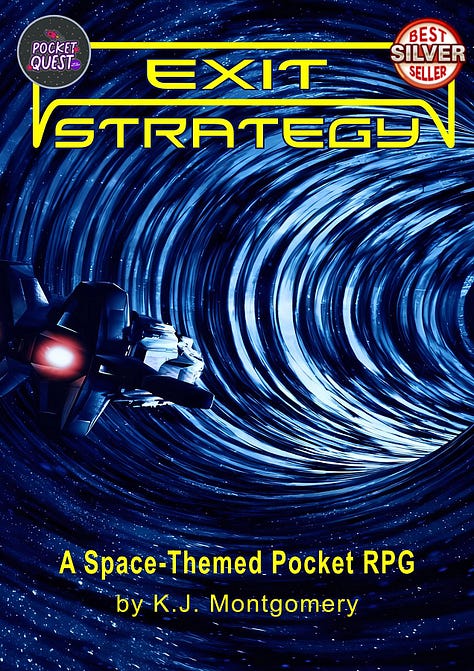

A final note: I want to thank ALL of the Pocket Quest peers who encouraged and connected with me, especially the first co-creator to join Watch Well Games. Schlau, architect of Light in Darkness Gaming, is a keen cartographer and has created his own game mechanics nestled in his pocket edition for an entire system. You can pick this gem up right now and play a fun, fantasy RPG. Stay tuned for a full version with more adventures.
You can see his maps in “Dragonzine: Issue 1” and “Treasure From the Deep” (a Dragonbane adventure), as well as more stuff in the future.
I hope other creators will join me in my journey to help build a healthy RPG community for every GM, every player.

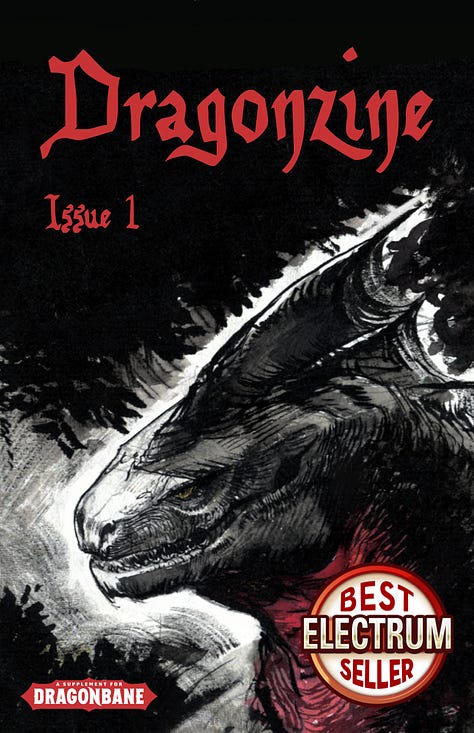
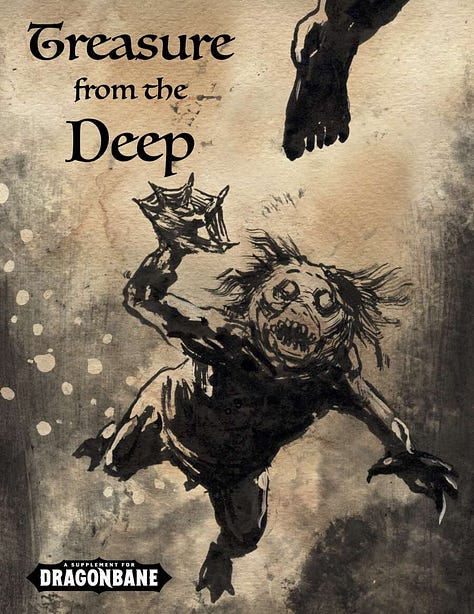
Coming this Monday: The bundle!
For all of April, I’ve highlighted Pocket Quest games. Monday, April 29th, the Watch Well Games: Pocket Quest 2024 Creator Spotlight [BUNDLE] will go live! Search using that exact title or K.J. Montgomery. The bundle’s price offers a discount on all content and will account for any games you already purchased.
Support human creators and writers by buying the bundle, playing the games, leaving a kind review, and letting others know about the games.
Sneak Peek at the Watch Well Games Bundle Cover
“Make a game with me” Starts Next Week
Starting next week, I plan to work on a game. Not that I’m not already working one (actually I’m working on a few).
The difference is I want to work on a game, making it with an audience.
It’ll be an experimental experience, where YOU can participate and give input (I’ll even give you credit and a free copy of the game when it’s done) or just lurk and be amused by my shenanigans. How long will it last? I’m not sure. As Mr. Incredible said:
“High Card Heist” design essay
by Cameryn Tuliao
This year in 2024, I designed my first ever TTRPG game through DriveThruRPG’s PocketQuest Jam. The game I created was a card based system called High Card Heist. It’s around a two hour game where players and the GM have to not only build a vault but then proceed to do a heist against the vault. It’s best described as an RPG, RNG experience as there are many elements that depend on the luck of the cards.
As this was my first time designing a TTRPG, this essay is focused on the things I learnt when creating High Card Heist, especially from my personal experience as a first-timer.
Know your limits and strengths: One of the first things I did as a designer was understanding my strengths, and my weaknesses. Like many people, I am not the best at everything needed to create a game and so I created a list for my strengths and weaknesses. By doing this I was able to see where I needed to put extra attention/effort but also showed me what would be my hook. In High Card Heist’s case, the “hook” would be its card-based mechanics and its quick character building.
Don’t be afraid to ask for help: For High Card Heist, my two weaknesses were Art, and Layout Design. As I have a game design/narrative design background I felt confident in making interesting mechanics and explaining it in a way that makes sense to new players and GMs. However, I knew that without good layout and art, it could potentially ruin the experience if the playbook wasn’t laid out well. As a result, when my collaborator K.J Montgomery offered her expertise with layout design, I naturally took it. For art, I asked one of my friends to create a cover for me. With my weaknesses getting much needed support, this allowed me more time to focus and polish my writing and the mechanics of High Card Heist.
Scope small, then expand: As someone with a game design background, the first thing I focused on in early development was the gameplay loop. This was additionally important because PocketQuest Jam had a 25 page limit. My initial ideas were too large in scope, and made me rethink ideas over and over again until I came up with an idea whose core gameplay loop could be explained in two pages.
If you have the game, the core gameplay mechanic is “Boosted Counting Cards.” The idea was about players using their stats as resources to boost their cards/numbers and overcome an obstacle created by the GM’s cards. That mechanic of using stats as a resource to overcome obstacles allowed me to build everything else afterwards. It became the root of my game, which made things easier for me to expand as I knew that if it didn’t serve this purpose, either balancing or enhancing the gameplay, it wasn’t needed.
Research: As mentioned previously, I never developed a TTRPG game before. The Heist theme for PocketQuest Jam was also a genre I wasn’t very familiar with. Regardless of my inexperience, I still pushed myself to create something and I only felt confident to do so after a lot of research. I spent the first two weeks of the jam solely on research, on heist films/shows, on heist inspired TTRPG games, on card-based TTRPGs. It’s through research that I came up with the vault building mechanic (inspired heavily from Nick Bate’s Steal the Throne TTRPG), and the core gameplay loop itself. (Inspired from watching a GDC video on how games steal from TTRPGs:
Don’t forget about the community: At the very start of this jam, I was terrified because I didn’t know anyone and I didn’t know what I was doing. I was extremely overwhelmed and nervous. However, when I began to voice my anxiety at the community discord, and talking about my ambitions with friends I realised that oh, maybe it’s not so scary. It was through the community I was able to get help with my research, and playtesting and so many different avenues that would’ve been harder on me if I did this myself. (Thanking K.J once again for helping me because her expertise in layout really made this jam less stressful).
Final Thoughts: PocketQuest is an excellent jam for people who are new to designing TTRPG, and there is a big and helpful community behind the jam that are willing to help out newcomers. I learnt a lot developing High Card Heist, and I can’t wait to learn more with my next project.
“Mission: ImPAWsible” design essay
by Stephen Hans
I adore rules-light games and simple mechanics that can carry an entire game, but often struggle with the lack of guidance for GMs in most games of this style. When I made my main game- Space Aces, it was originally because I enjoyed Lasers & Feelings but needed a little more help and some additional tools. Over the years, my favorite game to run by far, has always been Honey Heist. The simple rules and silly theme consistently ensure that it will be a guaranteed good time with almost any group. If Space Aces is Lasers & Feelings deluxe, I like to think of Mission: ImPAWssible as Honey Heist deluxe. It takes all the things I adore about Grant Howitt’s masterpiece, combines it with the principles from John Harper’s Forged in the Dark, and mixes in a bit of push-your-luck fun to create something that is (in my opinion at least) quite special. The main challenge of designing this was coming up with a process to generate capers that didn’t require tons of prep work and that could be easily improvised on-the-fly, as needed. The simple "three layer fortress" structure in the book is the result of lots of play testing and I think it strikes a good balance between having enough prepped so you feel fully equipped without taking more than 5 or 10 minutes of concerted thought. The other challenge was ensuring that the pace of the game would never stall out, either from players getting stuck in planning mode, or not knowing what to do next. Every minute the players spend discussing what they should do next, the Gaze Master can flip a coin to see if they get unceremoniously interrupted or not, creating constant tension.
I love the Position and Effect concept in FitD games but not the complex mechanics that are tied into it. So I made a simple chart for the GM to keep on the table to quickly and easily show players the risk they would be taking and the amount of reward they might get from it. This way players don’t feel blindsided because they agreed to the risks before taking the action. It also encourages players to try to "push their luck" when they may not have quite enough leverage to achieve their desired reward they are aiming for.
I am particularly proud of the "push-your-luck" coin flip mechanic for players that provides an interesting, and nerve wracking, choice every time they take a risky action. I especially like it when two raccoons decide to work together to perform a complex action. The "Helping Paws" rule states that they both flip a single coin and combine the outcomes. This means that when raccoons work together there will never be a "middle ground" outcome. It will either result in a Triumph, Catastrophe, or a Troublesome Success.
The included Bingo mini-game is also a blast. It turns failures into exciting moments that let you mark off a square, and pushes players into even more shenanigans just for the fun of it.
Anyway, it was a blast filling the game with campy tropes, opening capers, death traps, twists, and little jokes throughout. I hope it brings lots of joy to lots of tables.🙂
BONUS CONTENT
Yay! You made it this far in the newsletter! Let me recommend “Orange’s 11: Code Orange” - a solo game by Anna Pilla (Night Owl Games).








